Lymph Node Model Pack
Long term cell culture under flow outside the CO₂ incubator
Low flow rates
Get as low as 2 µl/min
Incubator independent setup
Culture cells up to 16 days outside the CO₂ incubator
Compatible with K-frame microscopes
The Stage top incubator was designed for live imaging

Need a microfluidic SME partner for your Horizon Europe project?
Lymph node model for lung metastasis
Developing complex models like this always brings researchers to the tough crossroads of choosing between the overly-complex and ethically-demanding use of animal models and the overly-simplistic and less-physiologically relevant in vitro models.
Now there’s an in-between. Culturing cell underflow improves the physiological relevance of fluid dynamic organs such as the lymph nodes while also allowing researchers to better isolate variables. In addition, the lymph node model is automatized for longterm cell culture outside the CO2 incubator, increasing its flexibility and portability and decreasing the manual labor and human error.

Setup
Cell culture pump
Flow sensor (Galileo, MIC)
Stage top incubator
Reservoirs
Tubings and fittings
Microfluidic chip
User guide
Software (Galileo user interface)
The setup includes the cell culture pump, which maintains the gas concentration fed into it to pressurize the liquid. For example, if a premixed bottle of 5% CO2 is plugged into the pump, mimicking a conventional CO2 incubator, it ensures that the media does not lose buffering CO2 to the atmosphere, so pH remains optimal for long periods outside the CO2 incubator. The flow sensor ensures that the flow is stable and reliable at a range of flow rates, starting at 2 µl/min.
The stage top incubator maintains the temperature at 37°C, but allows you to leave your cells on top of the microscope stage and perform live cell imaging with higher quality.
Reservoirs, tubing and connectors are all commercially available, can be reused or disposable, and can be bought independently and sterile. And the system was conceived to work with any type of chip, regardless if it’s commercial or home-made.
Lymph node model for lung metastasis in action
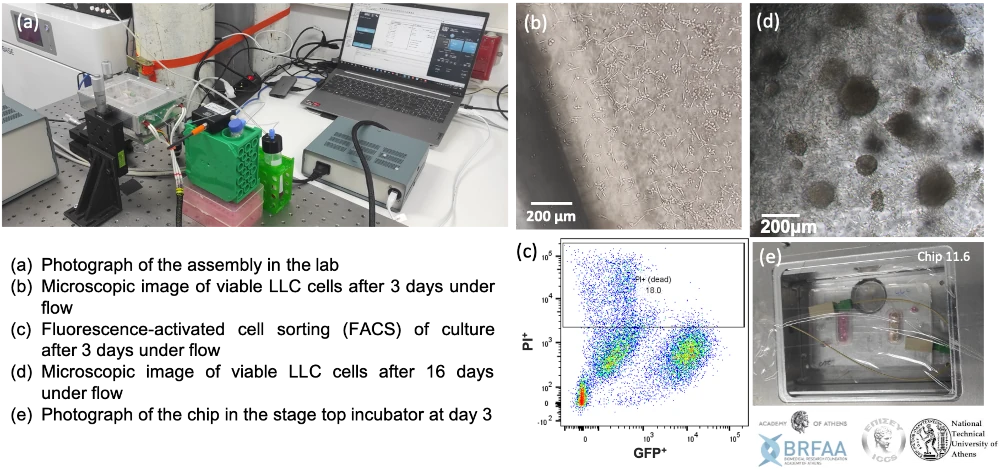
If you want to know more about organ-on-a-chip technology, have a look at this review!
References
- Gwóźdź, M. Pasieka-Lis, K. Kołodziej, J. Pankowski, R. Banaś, M. Wiłkojć, et al. Prognosis of patients with stages I and II non-small cell lung cancer with nodal micrometastases. Ann. Thorac. Surg., 105 (5) (2018), pp. 1551-1557.
- Featured image description: This image of mouse lymph node was captured using multiphoton microscopy. B lymphocytes (red) accumulate inside B-cell follicle, while GFP-expressing myeloid cells (green) surround it. Collagen fibers (blue) run along lymph node conduits, capillary network (pink) delivers oxygen and nutrients to the follicle.
Caption: B-cell follicle inside a mouse lymph node
Wikimedia Commons, author Olena12
Compatibility and Applications
Some biological applications of our lymph node model pack include:
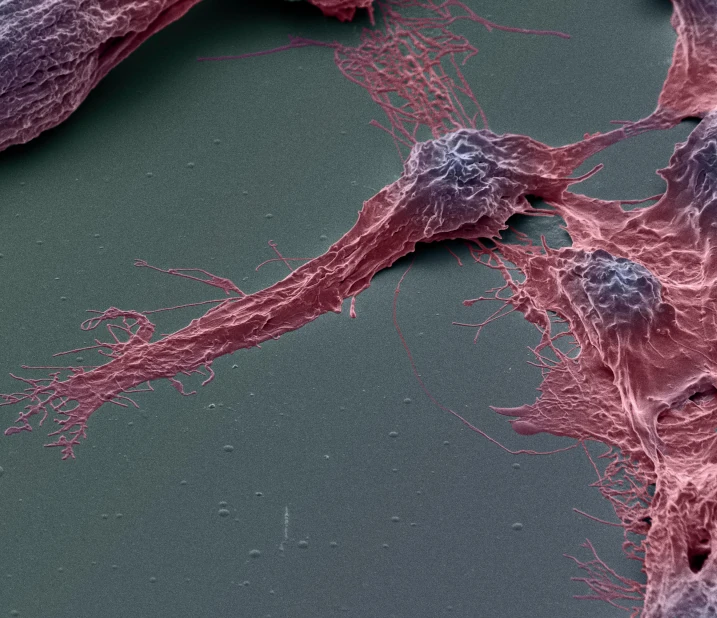
Cancer invasion and metastasis
Follow long-term cancer cell migration in real time on top of the microscope
✓ Keep ideal temperature conditions
✓ Follow cancer cell migration in real time
✓ Adapted to cultures under flow
Cancer cell migration
Cell-to-cell interactions
Metastasis on chip
And many more!
And the lymph node pack could also be adapted to other types of organs:
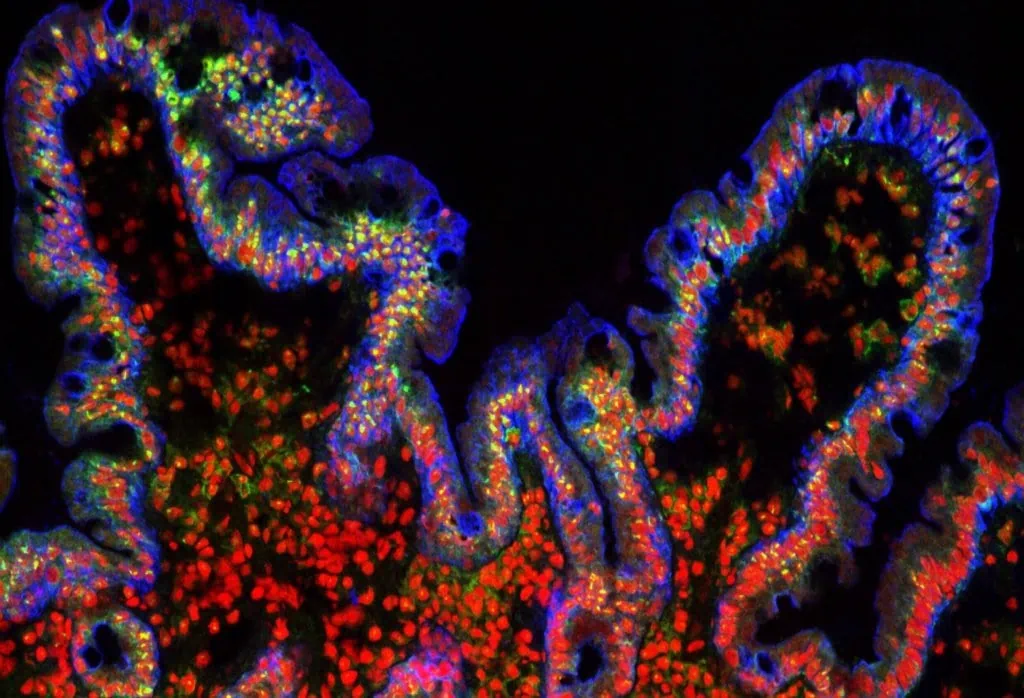
Gut-on-a-chip pack
Intestinal cells coculture under flow, mimicking the gut physiology
✓ All microfluidic pieces included, quick and easy assembly
✓ Dynamic culture conditions
✓ Advanced in viro/ex vivo
Gut-on-chip
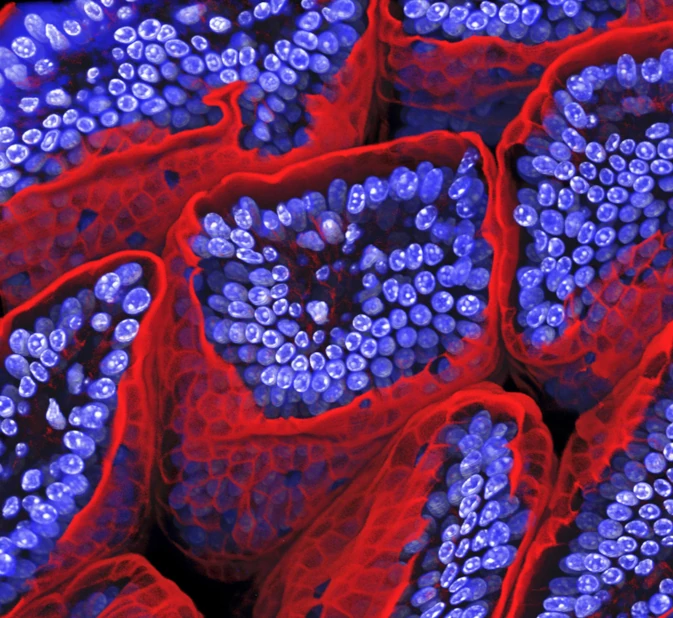
Inflammatory bowel disease model
Automatically collect important markers of IBD in a relevant in vitro model
✓ Uncover cytokine profile changes in time
✓ Mimic pathological conditions of IBD
✓ Tailor sample volume to your analysis
Inflammatory bowel disease model
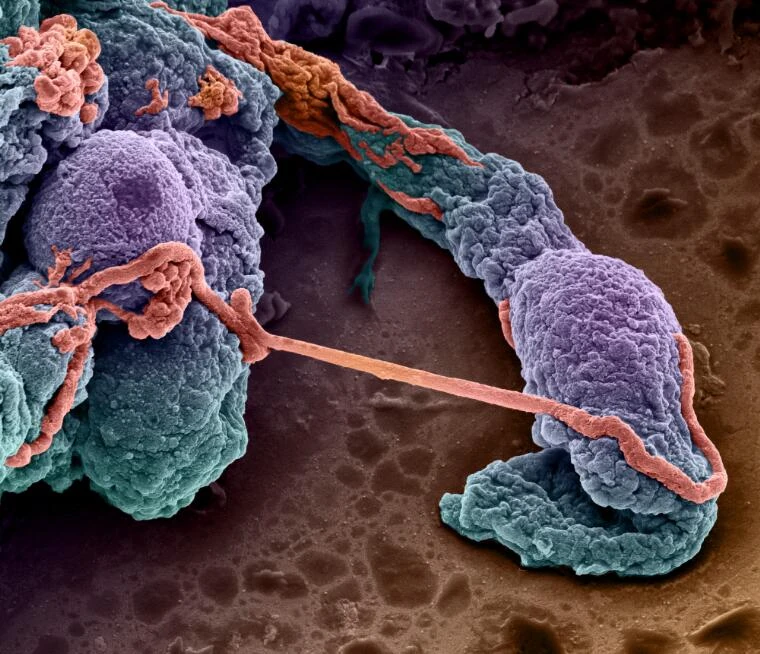
Blood-brain barrier on chip
Plug-and-play instrument pack for long term BBB on a chip study
✓ Relevant microenvironment
✓ Automatized organ-on-chip perfusion
✓ Plug-and-play microfluidic platform
Blood-brain Barrier on Chip
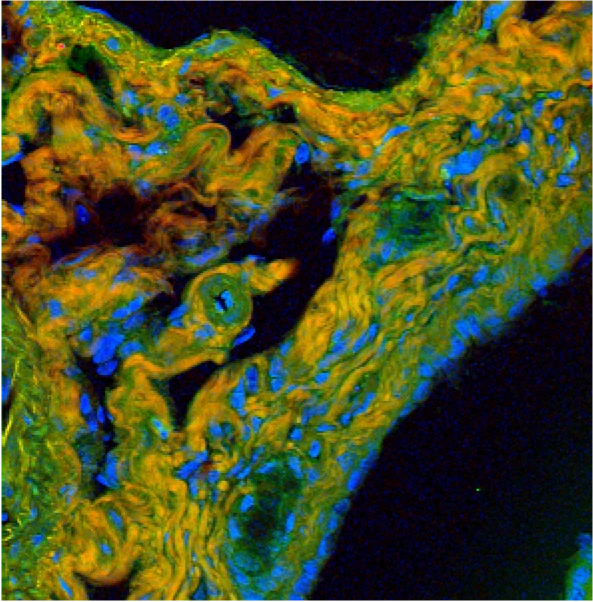
Liver-on-a-chip pack
Mimic the liver microenvironment in long term experiments
✓ Improve your reproducibility with physiological culturing conditions
✓ Automated and controlled supply of nutrients in a stable flow
✓ Test different conditions at the same time
Liver-on-chip
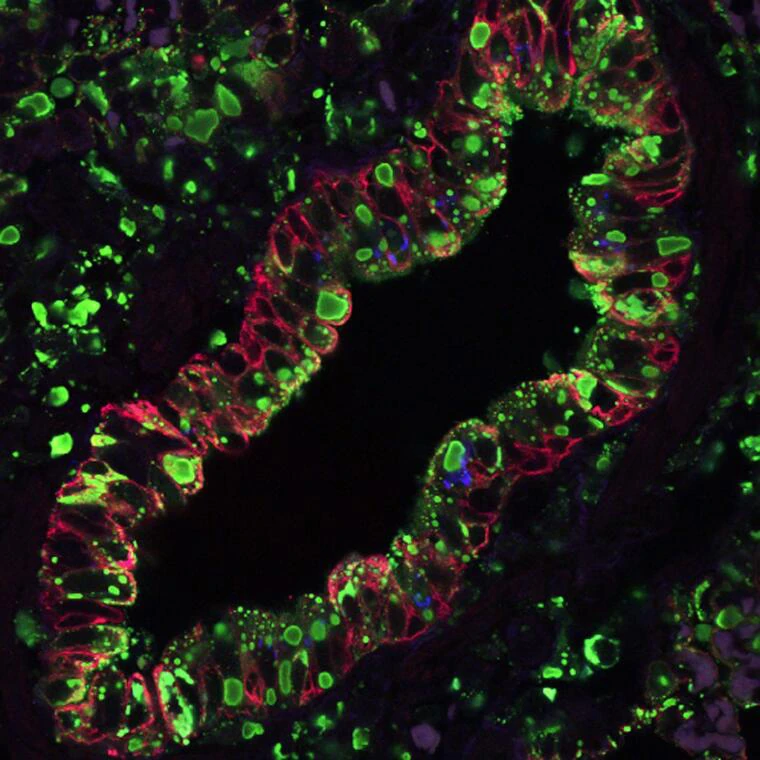
Lung-on-a-chip pack
Perform lung research in a physiologically relevant microenvironment
✓ Culture your lung cells in a physiological air-liquid interface
✓ Continuous and controlled supply of nutrients in a stable flow
✓ Stop losing your cell experiment due to clogging
Lung-on-a-chip
And many more!
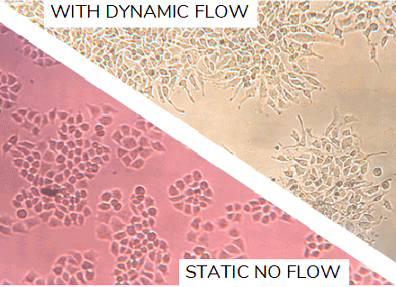
Technical specifications for the lymph node model pack
The lymph node model pack is composed of two main pieces of equipment: the cell culture pump and the stage top incubator.
Cell culture pump technical specifications
The cell culture pump can come with 1 to 6 channels. Each channel connects to a flow sensor with a feedback-loop between pressure and flow rate. Each channel has the following specifications (tested with a set pressure value of 2 bar):
| Characteristics | Specifications |
|---|---|
| Accuracy | +/- 2.5 mbar |
| Air consumption | few mL/min |
| Response time | 140 ms |
| Settling time | 2750 ms |
| Overshoot | 0.12 mbar |
Stage top incubator technical specifications
The Stage Top Incubator was designed to allow cell culture on top of the microscope stage for live cell imaging.
| Characteristics | Specifications |
|---|---|
| Dimensions (mm) | 30.5 x 130 x 168 (h x w x l) |
| Base K- Frame | 3.5 x 110 x 160 (h x w x l) |
| Dimensions of internal usable space | 25 x 89 x 130 (h x w x l) |
| Dimensions of the bottom glass (ITO glass) | 1) 72 x 110 with a thickness of 1.1 mm 2) 50 x 25 with a thickness of 0.6mm 3) 50 x 22 with a thickness of 0.12 mm |
| Temperature range | Room Temperature to 70 °C |
| Temperature accuracy | ± 0,5 °C |
| External Material | Aluminum |
The stage top incubator is controlled by a converter connected to software (both included). Also, it is compatible with 1/16″ and 1/32″ ID tubing.
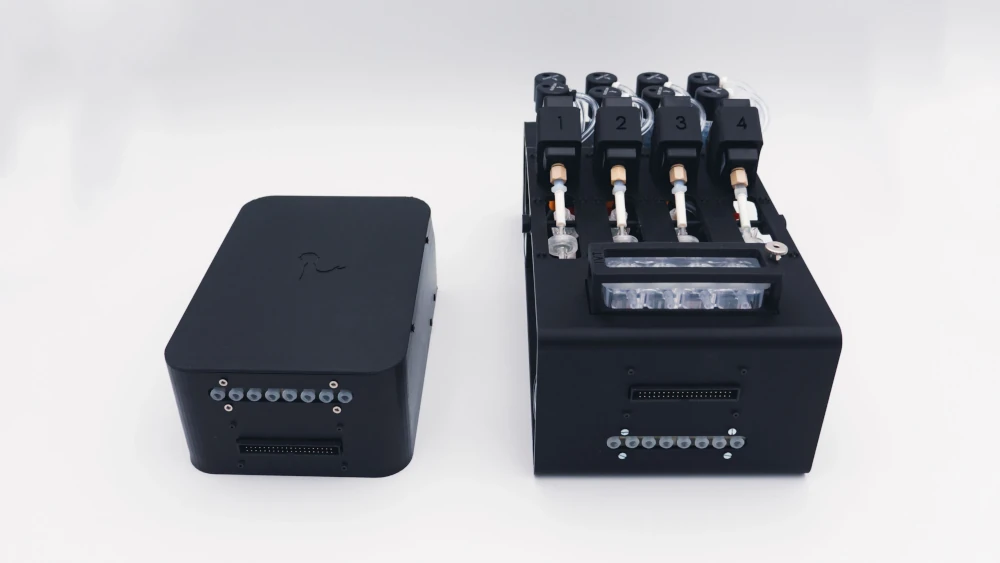
Frequently asked questions
Which gasses can the cell culture pump use for the lymph node model?
The cell culture pump can use any non-corrosive gas mixture.
Does the cell culture pump keep the gas sterile?
To guarantee the sterility of the used gasses, we advise adding a small disposable filter at the gas inlet of the reservoir to keep the sterile of your lymph node model.
Is the stage top incubator gas-tight?
No, the stage top Incubator allows gas exchange with the atmosphere.
What is the maximum flow rate that can be applied?
The system works well with the range of 0-5 ml/min.



